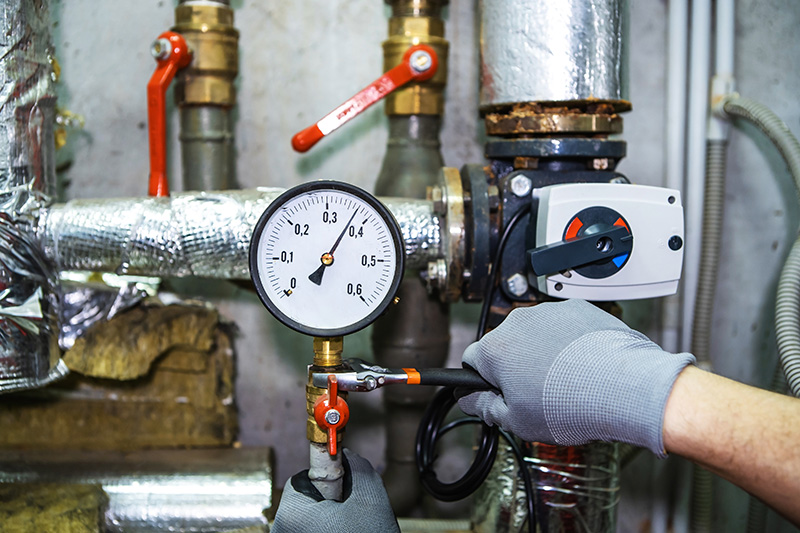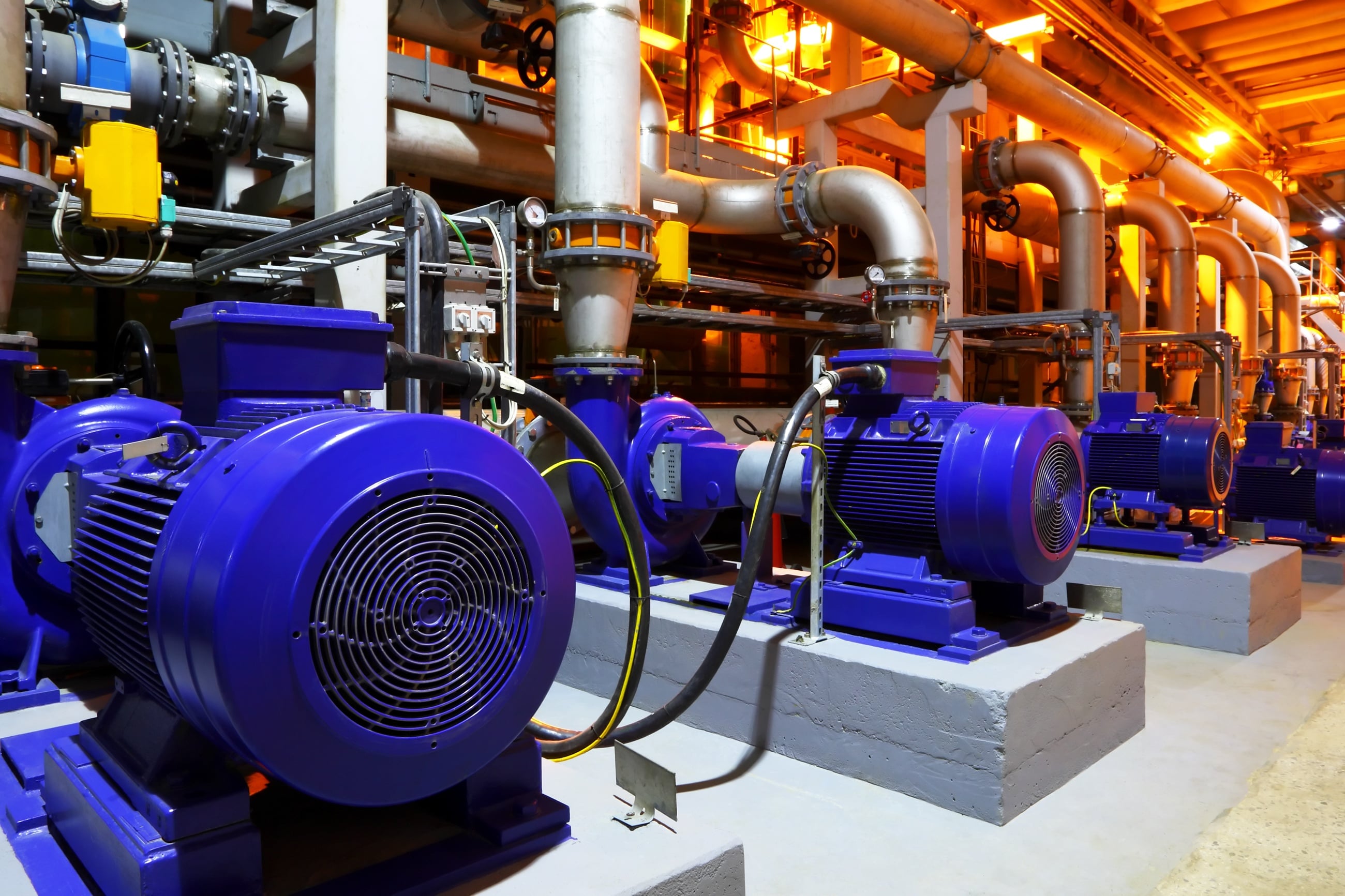We have encountered this great article on 4 Ways to Troubleshoot Low Water Pressure directly below on the web and reckoned it made perfect sense to discuss it with you on this page.

Low water pressure in your home can be an irritating trouble, influencing whatever from bathing to cleaning recipes. If you're experiencing weak water flow, there are several possible reasons and options to explore. In this overview, we'll go over common factors for low tide stress and practical actions to address the problem successfully.
Intro to Low Tide Pressure
Low tide pressure happens when the circulation of water from your taps, showers, and other fixtures is weak than typical. This can make daily jobs more difficult and much less effective. Understanding the sources of low water stress is crucial to discovering the ideal option.
Usual Reasons For Low Tide Stress
Faulty Pressure Regulators
Pressure regulators are accountable for keeping constant water stress in your home. If they malfunction, it can cause low tide stress or unequal circulation throughout your home.
Metropolitan Supply Of Water Issues
Often, the issue exists outside your home. Municipal water issues, such as main line leaks or maintenance job, can temporarily decrease water stress in your area.
Pipeline Obstructions
In time, pipes can come to be obstructed with natural resource, sediment, or particles, restricting the circulation of water. This is an usual concern in older homes with galvanized steel pipes.
Corrosion
Rust within pipes can bring about leaks and minimized water stress. Rust buildup can tighten water circulation, specifically in aging plumbing systems.
How to Diagnose Low Water Stress
Evaluating Pipelines
Inspect visible pipes for signs of leaks, rust, or blockages. Take note of any uncommon noises, such as banging or rattling pipes, which can show concerns within the plumbing system.
Consulting with a Plumber
If you're unable to determine the reason for low tide pressure, consider working with a professional plumber to conduct a complete examination. They can identify underlying problems and suggest proper services.
Checking Taps and Components
Beginning by evaluating the water stress at various taps and components throughout your home. If the concern is separated to certain areas, it might suggest local problems.
DIY Solutions to Deal With Low Water Pressure
Flushing Hot Water Heater
Debris accumulation in the water heater can limit circulation and reduce performance. Purging the container occasionally helps remove sediment and keep optimum performance.
Examining Pressure Regulator
Ensure that the stress regulatory authority is working correctly. Adjusting or changing the regulator can assist bring back correct water stress throughout your home.
Cleaning Aerators and Showerheads
Mineral deposits can collect in aerators and showerheads, decreasing water flow. Get rid of and clean these parts consistently to improve water stress.
Clearing Up Clogs in Pipeline
For minor obstructions, try making use of a plumbing serpent or chemical drain cleaner to clear blockages in pipes. Be cautious when utilizing chemicals and comply with safety and security guidelines.
When to Call a Specialist Plumber
If do it yourself initiatives stop working to resolve the problem or if you think considerable plumbing issues, it's ideal to look for aid from an accredited plumber. They have the competence and tools to attend to complex problems safely and successfully.
Safety Nets to Keep Water Pressure
Setting Up a Stress Booster
Take into consideration mounting a pressure booster pump to improve water pressure in areas with regularly low circulation. This can be especially beneficial for multi-story homes or properties with high-demand fixtures.
Monitoring Water Use
Be mindful of water usage habits and prevent ill-using the plumbing system. Straightforward adjustments, such as incredible showers and washing lots, can aid keep ample water stress.
Routine Maintenance
Arrange routine upkeep for your plumbing system to prevent issues such as corrosion, leakages, and obstructions. Addressing small issues early can assist stay clear of even more substantial repair services later on.
Final thought
Handling low water pressure can be frustrating, however identifying the underlying causes and executing appropriate solutions can recover ideal circulation throughout your home. Whether it's cleaning up aerators, evaluating pipelines, or consulting with a plumber, taking aggressive steps can make sure a stable supply of water for your daily requirements.
How to Fix Low Water Pressure In Your Home
Municipal Water Supply Issues
Scheduled maintenance, high demand, and water main breaks are all potential causes for low water pressure within a city or county’s water lines. While there’s not much you can do to personally fix a problem with your city or county’s water supply system, you can play a big role in documenting the issue and alerting those who can.
How to fix it:
Ask your neighbors if they are experiencing any issues with low water pressure. If multiple homes are affected, it’s likely related to the city’s water line. Contact the local Water Authority to see if there is any maintenance taking place that might be affecting your supply. Also let them know of your specific issues. If other homeowners report the same issues, they’ll know that there could be a larger issue to look into. Faulty Fixtures
A damaged or clogged shower head, faucet or appliance is the first thing we’d suggest checking, especially if low water pressure appears to be isolated to a specific area of your home.
How to fix it:
First, turn off the main water supply to your home. Check the affected appliances for build-up or debris. In the case of a faucet, you can simply unscrew the aerator at the tip of the faucet. Showerheads should be fully detached from the water pipe. While the appliances are detached, you may want to check the water supply to determine if the fixtures were in fact the issue. To clean, soak the showerhead or aerator in vinegar and brush off any visible debris. Reattach the fixtures and check the water pressure again. If it is still low, there is likely a deeper issue at hand, which can be determined by a professional plumber. Pipe Obstructions
Mineral deposits, rust or other debris within water pipes can lead to blockages or corrosion over time.
How to fix it:
When you think of a clog, you probably think of a drain clog. While there are many DIY solutions to clearing a drain, clogs in a water pipe will almost always require the help of a professional plumber. A plumber will be able to locate the affected pipe and clean out any debris or mineral deposit buildup. In severe cases, the pipe may need to be replaced. Your plumber might also recommend a water softening system to remove the minerals from your home’s water supply that can contribute to pipe blockages over time.
Plumbing Leak
Undetected water line leaks can divert water away from your residential pipes, reducing the water pressure in your fixtures.
How to fix it:
Check your water meter by turning off all water sources and monitoring the meter for any movement, which could be a clear indicator of a potential leak. Check all visible pipes for signs of leaking, including water stains, active dripping or damp spots around the pipe. Inspect fixtures, including faucets and showerheads, for any drips. Test the pressure but recording the pressure with the main water valve shut off. Leave off for a few hours and test again. A significant drop in pressure is a clear sign of a leak. https://kiddcoplumbing.com/plumbing-blog/how-to-fix-low-water-pressure/

I ran across that entry about 4 Ways to Troubleshoot Low Water Pressure while doing a lookup on the web. Sharing is caring. You just don't know, you might be helping someone out. I cherish your readership.
Schedule Your Service